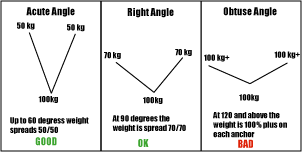Now whilst it isn’t a totally rare occurrence, neither is it particularly common to get a thank you letter like this. A few months ago I directed and delivered a Teaching the Teaching of Navigation Course at Plas Y Brenin. I remember at the time feeling rather privilege to deliver this course, as it is not the kind of course that Plas Y Brenin farm out to their freelance instructors. However my MSc which covered effective coaching seemed to finally count for something.
Anyway I had all but forgotten about the course until I returned from Holiday and my housemate asked if I had read the thank you letter at Plas Y Brenin in the staffroom. Well of course not I hadn’t worked in over a month! So he got a copy to me. Now I have read thank you letters before but this one stood out, as making my investment in my MSc totally worthwhile.
Hopefully I will get a similar response when my book comes out later this year. Interestingly most of the ideas in the course weren’t mine they were stolen, borrowed and adapted off others. But I guess you would have needed to work with a lot of people to develop that knowledge. Thanks should also go to Carlo Forte one of the Brenin’s full time staff who helped a lot with the structure and content.
It has got me thinking that perhaps I should offer my own courses in Teaching the Teaching of Navigation, however despite being able to teach people how to teach, I am a poor organiser, so prefer to freelance for bigger centres than try and run my own courses.







